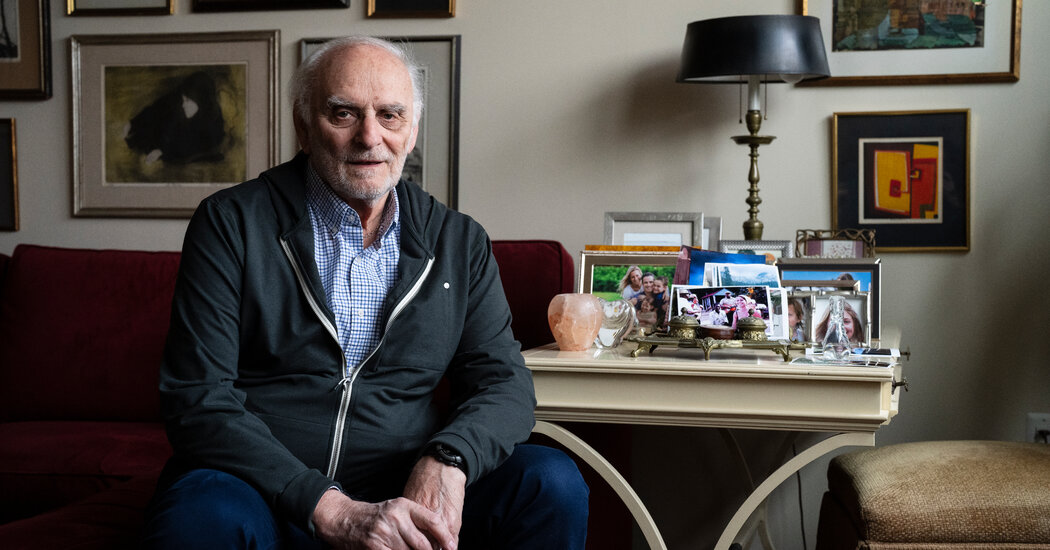It doesn’t happen often. But when it does, some residents risk losing everything.
Three years ago, when Bob and Sandy Curtis moved into an upscale continuing care retirement community in Port Washington, N.Y., he thought they had found the best possible elder care solution.
In exchange for a steep entrance fee — about $840,000, funded by the sale of the Long Island house they had owned for nearly 50 years — they would have care for the rest of their lives at the Harborside. They selected a contract from several options that set stable monthly fees at about $6,000 for both of them and would refund half the entrance fee to their estate after their deaths.
“This was the final chapter,” Mr. Curtis, 88, said. “That was the deal I made.”
C.C.R.C.s, or life plan communities, provide levels of increasing care on a single campus, from independent and assisted living to nursing homes and memory care. Unlike most senior living facilities, they’re predominantly nonprofit.
More than 1,900 C.C.R.C.s house about 900,000 Americans, according to LeadingAge, which represents nonprofit senior housing providers. Some communities offer lower and higher refunds, many avoid buy-in fees altogether and operate as rentals, and others are hybrids.
For the Curtises, the Harborside offered reassurance. Mr. Curtis, an industrial engineer who works as a consultant, took a comfortable one-bedroom apartment in the independent living wing. “It was a vibrant community,” he said. “Meals. Amenities. A gym.”
Every day he spends time with Sandy, 84, who lives in the facility’s memory care unit, an elevator ride away. The staff members there “treat Sandy with love and care,” Mr. Curtis said. “It would have been wonderful if it could have continued.”
